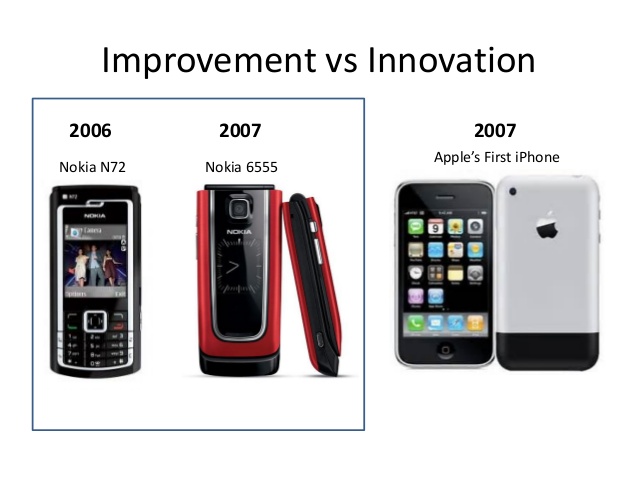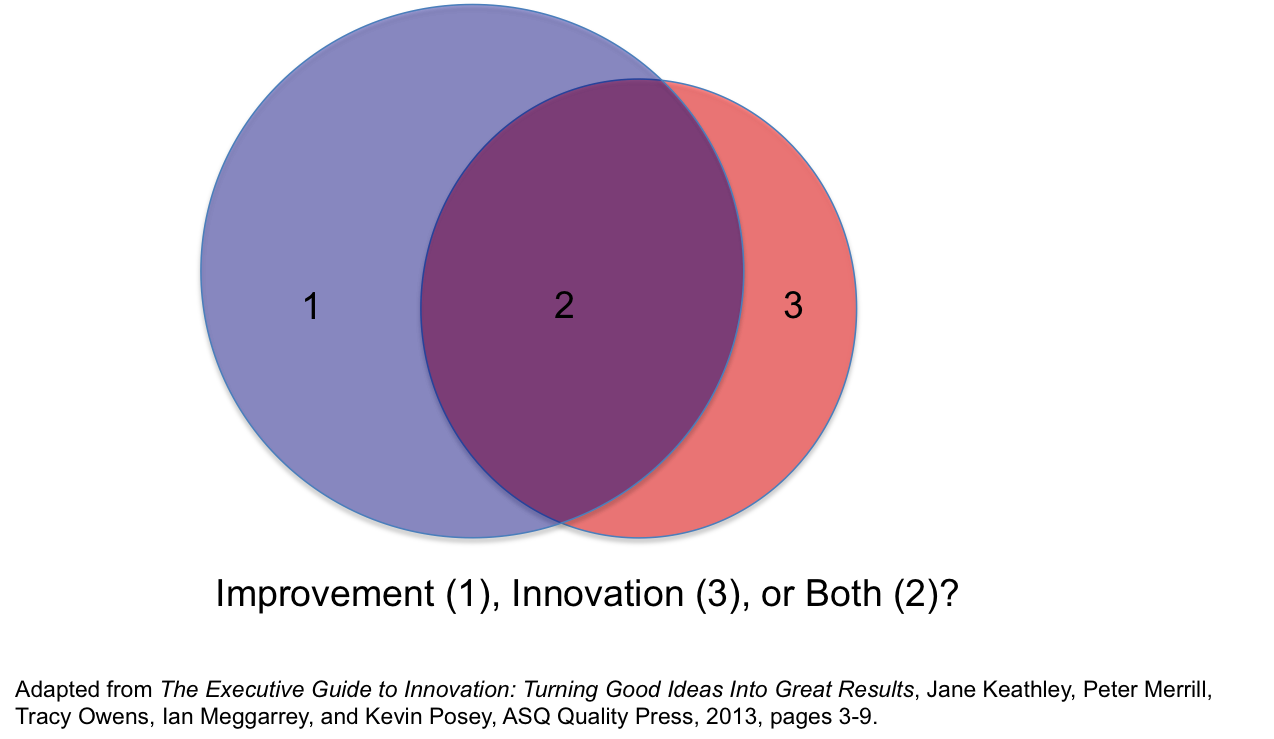Last weekend I found myself listening to Stuart MacLean‘s “Vinyl Cafe” on CBC Radio. I was driving north for a few hours, and prefer to listen to a talk show or podcast so my brain stays active and I stay awake – always a good thing when driving solo. If you have never heard a Vinyl Cafe podcast or listened to Mr. MacLean tell a story about the fictional Dave and his wife Morley, then you are missing out on a good piece of Canadiana and the opportunity to enjoy a full belly laugh.
The podcast I listened to was called “Summer,” and was the story of how Dave and Morley rented a cottage in the Laurentian Mountains (north of Montreal). Instead of paying for the rental, they agreed to do some work around the cottage, including removing a wall and tearing up the lawn. Sadly, they stayed in the wrong cottage and disaster ensued. It turns out this cottage owner liked things to remain the same in all ways, and his cottage hadn’t changed in over 50 years. Of course Mr. MacLean tells the story much better than I can – suffice it to say, the moral of the story is that change can result in good things, but you should try to avoid being surprised by it.
During the telling of the story, Mr. MacLean used the phrase “The Cathedral of Constancy” in reference to Jean-Francois’ cottage. He said that although nothing had changed in 50 years, we mustn’t assume that it is in disrepair. Oh no – it is well maintained, neat and clean. “It’s been kept up perfectly,” he says, “but not updated.”
That got me to thinking – isn’t this avoidance of change the way we often get into trouble?
Our computer gives us a notice that we have an update to do, and we don’t do it because it’s a pain. We keep clicking “remind me later” and suddenly a quick update becomes a huge deal when we finally get around to it. Or worse, it crashes.
We refuse to get a new phone until the old one breaks, bypassing several new models and operating systems, and then realize the differences are so enormous from our old phone that we have to learn a completely new way of communicating.
We keep things the same in our organization, relying on efficient processes that work just fine, thank you very much. We don’t modernize or innovate – because we don’t see the need – and then someday we realize that the business world has passed us by, and we have a whole lot of catching up to do. Never mind the principle of staying “ahead of the game,” we aren’t even keeping up with “the game!”
“But Ruth,” I can hear you thinking, “aren’t you always saying that consistency and repeatability are good things? That they ensure efficiency and effectiveness?”
Well, yes. Yes I do say those things, and I believe them. And I also believe that there is a danger in becoming complacent in that efficiency; that the desire to avoid change, stay comfortable, and rely on what we know may cause us to miss out on things that are even better.
It is just as important to maintain vigilance on efficient processes as it is to completely shake up the whole system and innovate. (Click here to tweet that statement.) The trick is to do both at the same time, and to ensure that changes to the processes are properly planned, communicated, and implemented.
Is your organization a “Cathedral of Constancy?” Or are you and your team on the lookout for opportunities to modernize and improve? How do you balance consistency with innovation?
Leave us your thoughts in the comments below – we’d love to hear them!
Until next time,
Ruth.
PS – you can find the podcast called “Summer” in iTunes. It first aired on May 6, 2016, and the story of Dave and Morley begins a few minutes into the recording.



